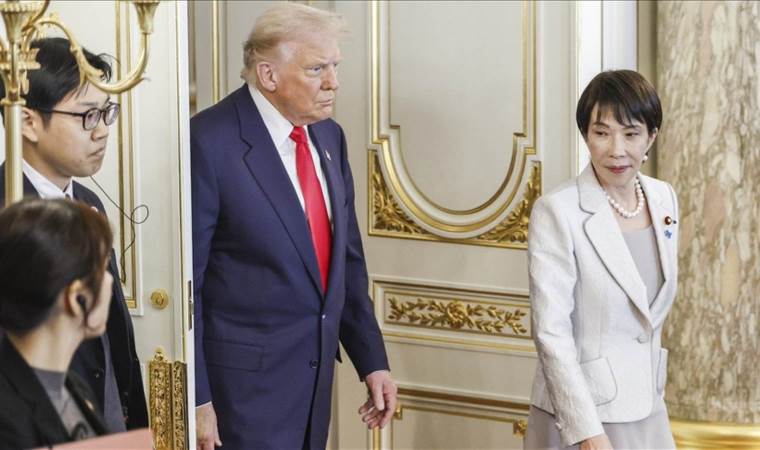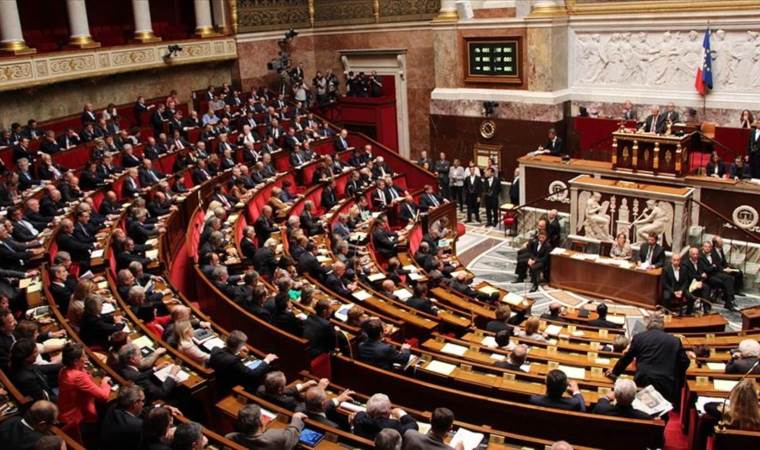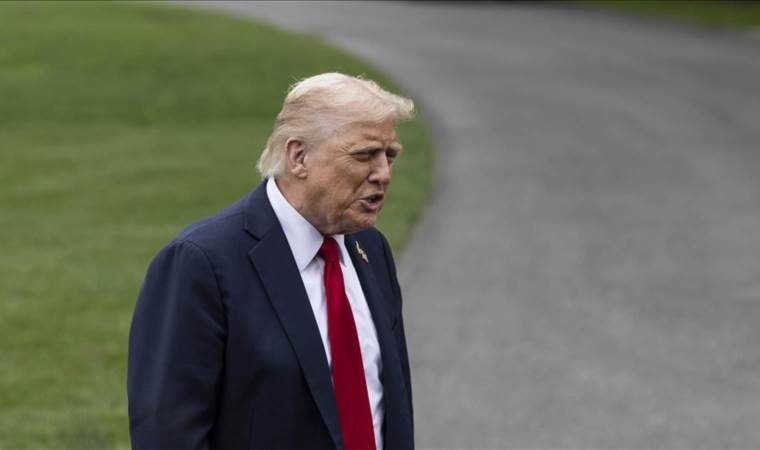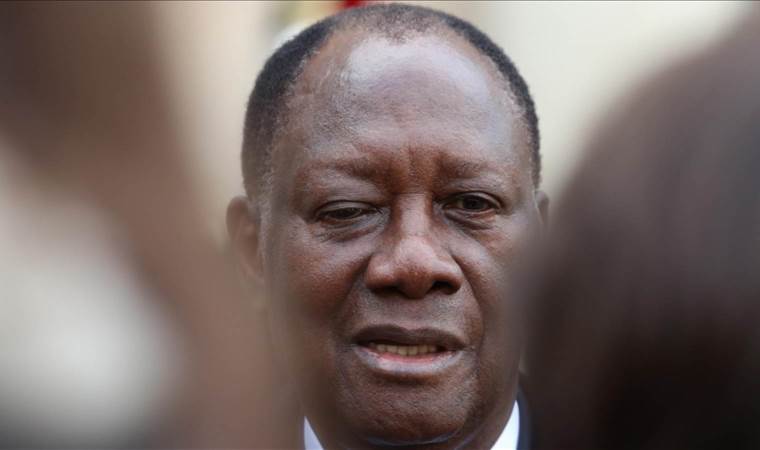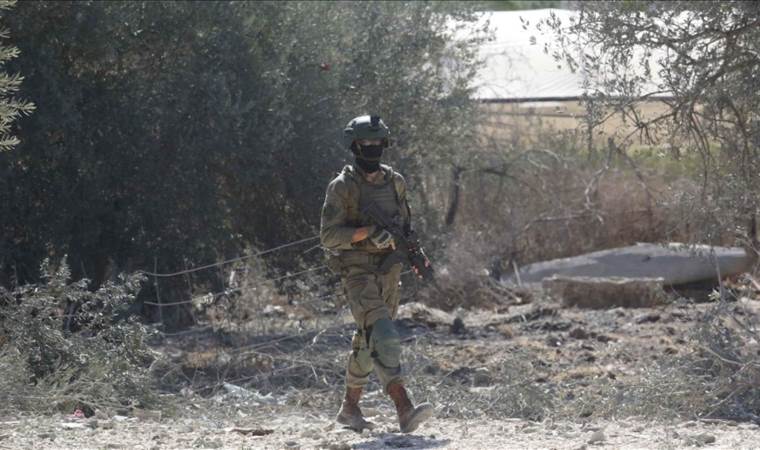Supernova's birth reveals cosmic mysteries
The early stages of a supernova, which forms the building blocks of life, have been observed for the first time.
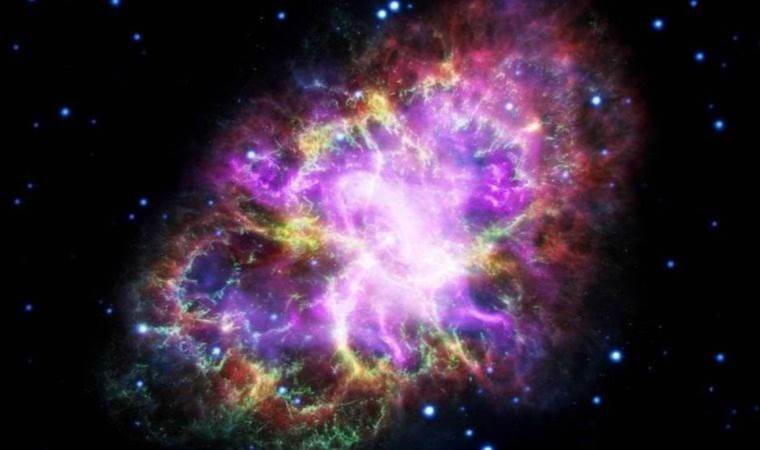
Supernovas, which denote the explosion of energy-depleted stars, could not be predicted, so scientists have tried to understand the process through observations made after the explosion had ended until now. However, about a year ago, a group of researchers in Israel happened to observe the light from an explosion reaching Earth, collecting data about the early stages of a supernova.
THE EARLY STAGES OF THE EXPLOSION DOCUMENTED
According to Independent, an amateur astronomer monitoring a galaxy called Messier 101 notified researchers when a red supergiant star exploded within it. Researchers from the Weizmann Science Institute then began to document the early stages of the explosion with their telescopes. Subsequently, with contact made to NASA, the Hubble Space Telescope was deployed, allowing the observation of ultraviolet light from the explosion, which is blocked by the atmosphere, at an early stage.
Avishay Gal-Yam, an astrophysicist from the Weizmann Institute, says, "We are actually seeing the cosmic oven where heavy elements are formed, as they are being formed. We are observing this as it happens. This is truly a unique opportunity."
Erez Zimmerman, the lead author of the study from Gal-Yam's team and a doctoral student, notes, "This is what makes this supernova different. For the first time, we were able to closely follow a supernova, observing the light from the supernova as it emerges from the collapsed material the exploding star is embedded in."

The research, published in the prestigious peer-reviewed journal Nature on Wednesday, indicates that the giant star left behind a black hole after the explosion. Ultraviolet data shows an inconsistency between the mass of the star at the beginning and the mass it ejected into space during the explosion.
Gal-Yam explains:
We suspect that a black hole remained after the explosion; a newly formed black hole that wasn't there before. This is the remnant of the explosion. A part of the star's mass collapsed towards the center, creating a new black hole.
The astrophysicist also hopes that creating a sort of fingerprint from start to finish of the supernova will enable the detection of upcoming supernovas before they occur.
Most Read News
-
 Sudanese army chief says military withdrew from El-Fashe
Sudanese army chief says military withdrew from El-Fashe
-
 Trump says US-Japan relations 'will be stronger than eve
Trump says US-Japan relations 'will be stronger than eve
-
 EU Commission chief says incursions into European airspa
EU Commission chief says incursions into European airspa
-
 France’s Socialists warn government inaction on ‘tax jus
France’s Socialists warn government inaction on ‘tax jus
-
 Trump says he received 'perfect' MRI, does not say why d
Trump says he received 'perfect' MRI, does not say why d
-
 Ivory Coast’s president secures 4th term with landslide
Ivory Coast’s president secures 4th term with landslide
-
 Trump administration moves to replace ICE leaders amid d
Trump administration moves to replace ICE leaders amid d
-
 3 Palestinians killed in Israeli fire in northern occupi
3 Palestinians killed in Israeli fire in northern occupi

